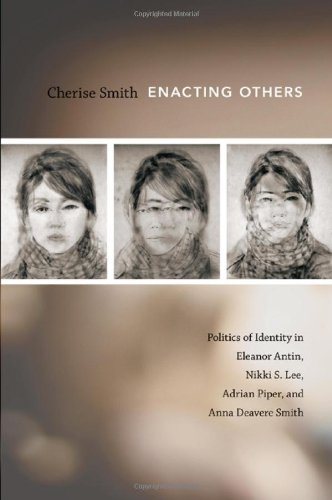Miscegenation and “the Dicta of Race and Class”: The Rhinelander Case and Nella Larsen’s PassingPosted in Articles, Law, Literary/Artistic Criticism, Media Archive, United States on 2012-06-09 03:28Z by Steven |
Miscegenation and “the Dicta of Race and Class”: The Rhinelander Case and Nella Larsen’s Passing
MFS Modern Fiction Studies
Volume 36, Number 4, Winter 1990
DOI: 10.1353/mfs.0.1034
pages 523-529
Mark J. Madigan, Professor / Fulbright Program Advisor in English
Nazareth College, Rochester, New York
The 1986 Rutgers University Press edition of Nella Larsen’s two novels, Quicksand (1928) and Passing (1929), represents an important step in the resurrection of a neglected writer of the Harlem Renaissance. Larsen was the first African-American woman to win a Guggenheim Fellowship for Creative Writing (1930), and both of her novels were highly acclaimed before her literary career ended abruptly in the early 1930s for reasons that are still not wholly clear. There were well-publicized but unproven charges of plagiarism of a short story, yet, like most details of Larsen’s life, the reasons for her disappearance from the literary scene remain a mystery. Larsen wrote no more than the two novels and the one story titled “Sanctuary,” and in 1963 she died in obscurity after working some thirty years as a nurse in Brooklyn.
The Rutgers edition has made Larsen’s novels more accessible not only by publishing both in one volume with a substantial introduction but also by annotating references in the text to public figures, events, and parlance of the late 1920s. There is, however, a reference to “the Rhinelander case” in an important paragraph in Passing that remains unidentified in the Rutgers first and second printings and only briefly explained in those following. A deeper understanding of the details of this controversial divorce case not only helps to explicate the paragraph in Larsen’s novel but also provides an important historical subtext for the book and the several other Harlem Renaissance works dealing with racial passing.
The title of Larsen’s novel refers to the capability of light-skinned African-Americans to cross, or “pass,” the color line undetected. In writing of racial passing, Larsen worked within a well-established tradition: William Wells Brown, Charles W. Chesnutt, Kate Chopin, and James Weldon Johnson were only a few of the writers who had dealt with this topic before her. Passing, however, is distinguished by its deft presentation of the subject from the perspectives of two mulatto women of the 1920s: Clare Kendry and Irene Redfield. The novel begins in an expensive Chicago restaurant where both women are passing. There, Clare recognizes Irene as a childhood friend and invites her to tea at her home. Irene, the wife of a successful Harlem doctor, keeps the date, but when she meets Clare’s racist white husband—who does not know his wife’s true race—vows never to see her old friend again. The two do meet again, however, when Clare pays a visit to New York City two years later. Despite Irene’s reluctance to rekindle the friendship, Clare makes frequent visits to the Redfields’ apartment, and the plot is complicated when Irene begins to suspect that her husband is having an affair with Clare. Clare’s husband further complicates matters when he learns by chance that his wife is actually a mulatto. Irene then fears that her own husband will leave her if Clare is divorced. The Rhinelander case is mentioned at this crucial point in the narrative, as Irene wonders whether racial deception could be grounds for Clare’s divorce:
What if Bellew should divorce Clare? Could he? There was the Rhinelander case. But in France, in Paris, such things were easy. If he divorced her—If Clare were free—But of all the things that could happen, that was the one she did not want. She must get her mind away from that possibility. She must. (228)
Larsen’s offhand manner of referring to the Rhinelander case assumes a familiarity on the part of her readers, but what was once common knowledge now demands some explanation. The case centered on the marriage of Leonard Kip Rhinelander, a member of one of New York’s oldest and wealthiest families, and Alice B. Jones, a mulatto chambermaid, on 14 October, 1924—just one week after the twenty-two year-old Rhinelander had received a share of his family’s fortune in cash, jewels, real estate, and stocks. The improbable love-affair between the young…
Read or purchase the article here.

